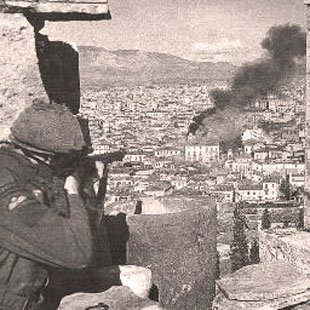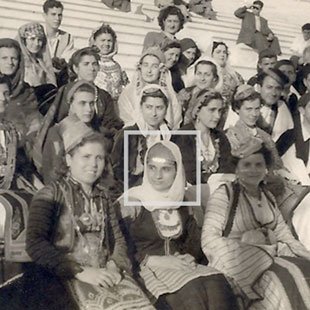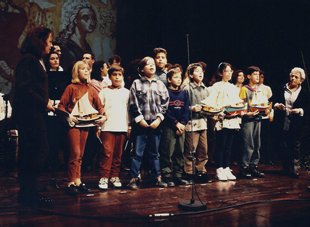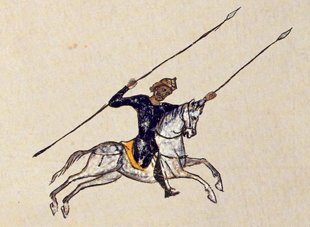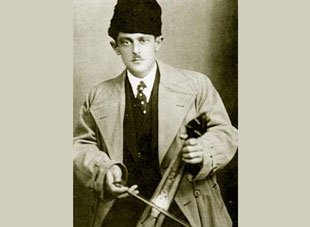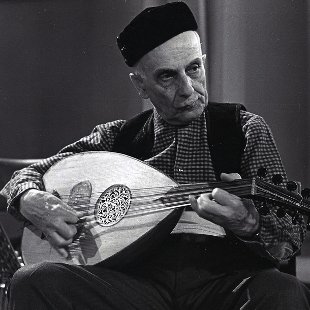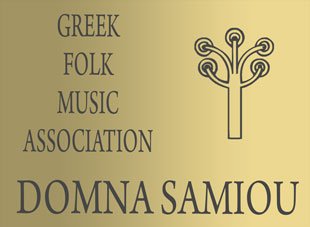You are at: Home page Her Work List of Songs Easter Song
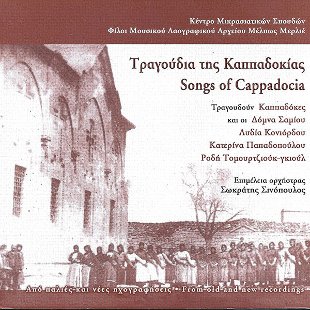
Easter Song

Πασχαλινό
Listen
Original Lyrics
Πασχαλινό
Έι, ο φυτό μας ’ς σο φυτό
Δώτσετέ με ’ς α μούντο
Έι, σαμού θωρώ αν καλό
Τα τάρντε μου είν’ ’κατό
Έι, πώς γρεύεις στα τρυπία
Η τσάκα μ’ έμει μη’α
Έι, χατσούζα, ιμαντσούζα
Τσιό φίλτσα σε καμμία
Έι, στο χάημά μας πουκάτου
Έχει μες τσαί τσιό ’χει μες
’Σα μανταράς πουκάτου
Έι, κρέμασες το κεκίλι
Ατί μαύρο σταφύλι
Νεοελληνική απόδοση
- Το βλαστάρι σας, το καλλίτερό σας φυτό
το δώσατε σε μιαν άσχημη.
Όταν βλέπω μιαν όμορφη
τα ντέρτια μου είναι εκατό.
- Γιατί κοιτάζεις απ’ τις τρύπες
ο κόρφος μου είναι γεμάτος μήλα.
- Αχ! άδικη και άπιστη
δε σε φίλησα ποτέ.
Εδώ κάτω, παρακάτω
στο χαγιάτι μας αποκάτω
μ’ έχεις και δε μ’ έχεις
σαν δεμένο με όρκο.
Κρέμασες το τσουλούφι σου
σαν το μαύρο το σταφύλι.
Information
- Region: Cappadocia / Konya
- Area: Farasa
- Categories: Easter Song
- Rhythm: 4 beats
- Dance style: Local dance
Collaborators
- Singer: Lazarus Hatzinis, Panayotis Kounteperidis
- Informant (source of the song): Lazarus Hatzinis, Panayotis Kounteperidis
Albums
Notes
Easter dances in Fárassa went on for a week and continued, to a lesser extent, until Ascension Day. All the villagers participated, dancing in house-yards, terraces, squares, etc. The introductory verse was “Christ is risen, He really did”. This was followed by a variety of other verses, frequently of a different nonreligious context, also included in the repertory. There was no instrumental accompaniment. Individual singers standing in the middle of the dancing circle sang the verses alternately, as did the dancers themselves. Both men and women participated in the dancing. As for the children they kept running around, intermingling with the dancers.
Time signature: 4/4 with deviations.
Mode: Chromatic D (augmented second: Eb – F#) within the range of a minor seventh.
Recording information
Transcription of the original 78 rpm recording of 1930 by Melpo Merlier, founder of the “Music Folklore Archive”.
